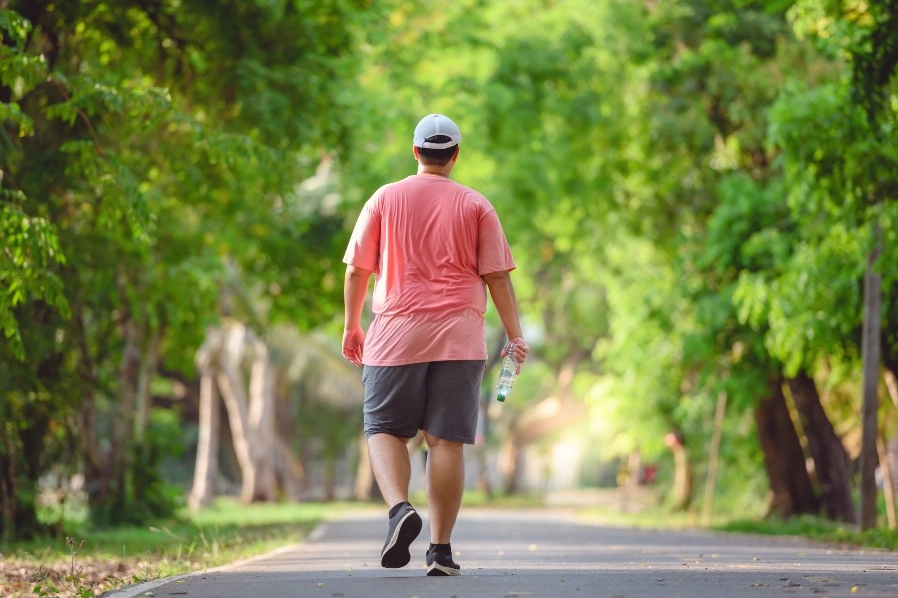In the last 30 years, the number of adults with diabetes has tripled in the Americas, according to the Pan American Health Organization. The projections of this organization are shocking: it is expected that by 2050 the cases of diabetes in the region will increase by 180%.
In Argentina, the figures also reveal a tough battle against obesity and diabetes, with the province of Tucumán as one of the epicenters of this health crisis. According to the National Survey of Risk Factors, the prevalence of obesity and diabetes has been increasing and in Tucumán alone, 27% of adults perceive themselves to be obese, and 13% report high blood sugar levels. However, recently, several studies in this Argentine province have shown that the onset of diabetes mellitus 2 can be delayed or prevented in overweight people with impaired glucose tolerance, or prediabetes.
How can this be achieved? The answer lies in two variables: physical activity and healthy eating, which are the real protagonists in the prevention of diabetes.
Argentina: a public health problem
More than 40,000 citizens in Tucumán affected by diabetes seek assistance in free public programs of Integral Care of Obesity and detection, prevention, and treatment of diabetes mellitus. These programs promote physical activity as a crucial element in the fight against diabetes. For the strategy to be effective, there must be an adequate and accessible supply of public green spaces where these activities can be carried out. But is the mere presence of a park or square enough to change the course of this epidemic?
Researchers from the Institute of Regional Ecology, affiliated with the National University of Tucumán and the National Council for Scientific and Technical Research (CONICET), have shed light on the inequality in the supply of green spaces in the province. A 2021 study, conducted in the five departments that are home to 70% of the total population of the province, known as the Greater San Miguel de Tucumán (GSMT), reveals a clear imbalance in the design and maintenance of these places. It is not simply the amount of square meters that is crucial, even though an area of 6 m2 of green space per inhabitant has been calculated for the GSMT. The real problem lies in the quality of these spaces, often marked by the absence of trees, the presence of waste, and the deterioration of facilities, especially in marginal areas.
To achieve an effective integration of social, environmental, and health demands in the design of urban green spaces, various sectors must work closely together. In this context, the Public Health sector of Tucumán, through its programs, and the Directorate of Health Research are initiating an active collaboration with the Institute of Regional Ecology. This synergy of efforts translates into research focused on improving the quality of life, especially concerning diabetes.
Prevention is not only based on green spaces but also on their transformation. Health trails, drinking fountains, forested areas, and safe corridors to these places are measures that could be the key to changing the health-disease narrative in the province, integrating the urban ecosystem as part of the solution.
In short, the growing threat of diabetes demands a practical response, which lies in joining forces, reinventing our eating habits, and tangibly transforming urban green spaces. The battle against diabetes lies in decisive actions taken today to forge a healthier tomorrow.
*Translated by Janaína Ruviaro da Silva from the original in Spanish.














